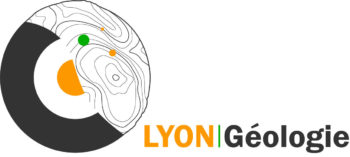Sedimentary dynamics
This teaching unit aims to offer a common base in sedimentology to students coming from our course as well as from other formations and joining our Master. The lessons, highly illustrated and punctuated by regular exercises, will focus on the intrinsic dynamics of depositional environments, their spatial organization and the associated sedimentary structures and geometries.

The main objective and motivation of this teaching unit is to offer a robust approach to identifying depositional environments on any type of sedimentary series. In particular, we will discuss the siliciclastic and carbonate/evaporitic facies models of the main continental and marine depositional environments. A particular emphasis will be placed on the mechanisms (i.e., dominant processes) governing the deposition and preservation of sediments (especially for siliciclastics), as well as the factors controlling sediment flow/biological production. For carbonates, an opening towards other disciplines will also be offered (relationships between carbonates and the carbon cycle, biology/ecology, continental weathering, geodynamics), via a selection of scientific articles discussed together then presented by the students.
This teaching will thus provide the knowledge and skills necessary to constrain the predictable geometry of reservoirs, which will still require the use of additional concepts developed in the Sequential Stratigraphy teaching unit (M1).

